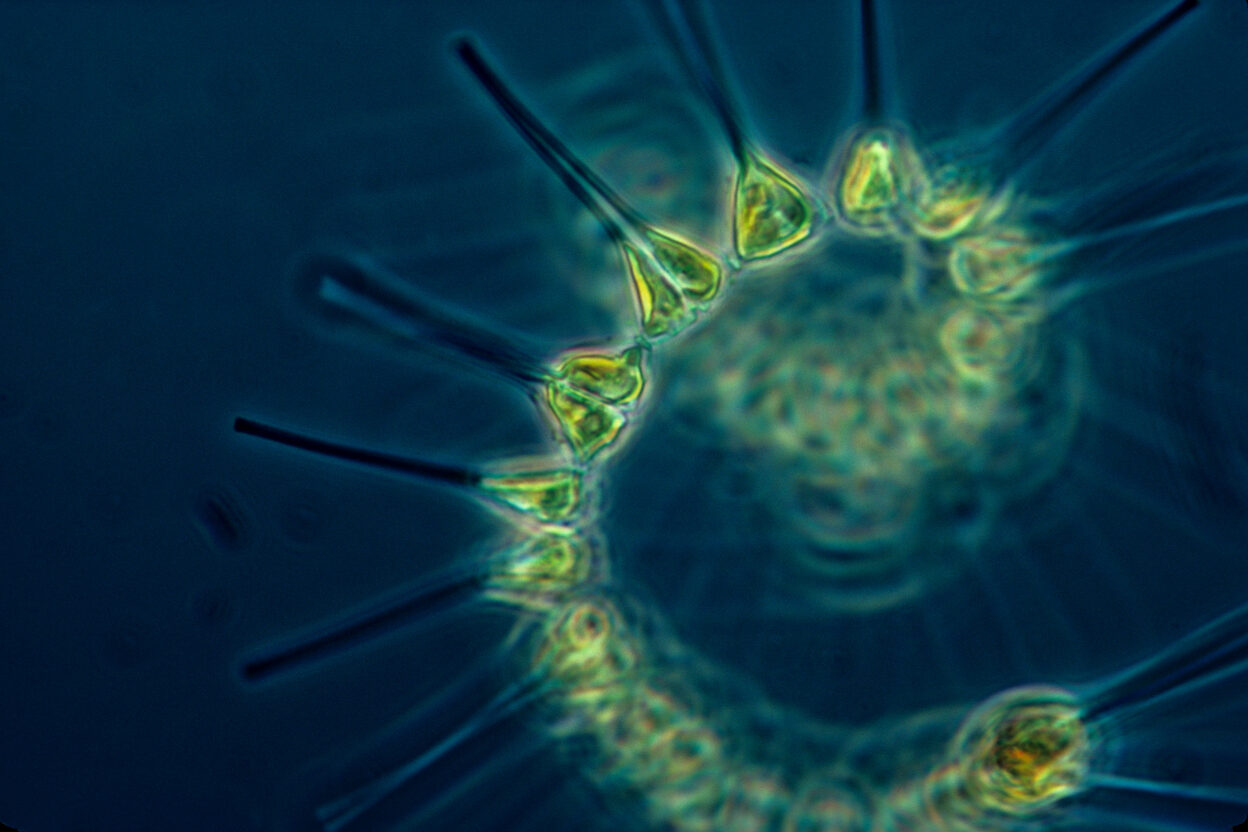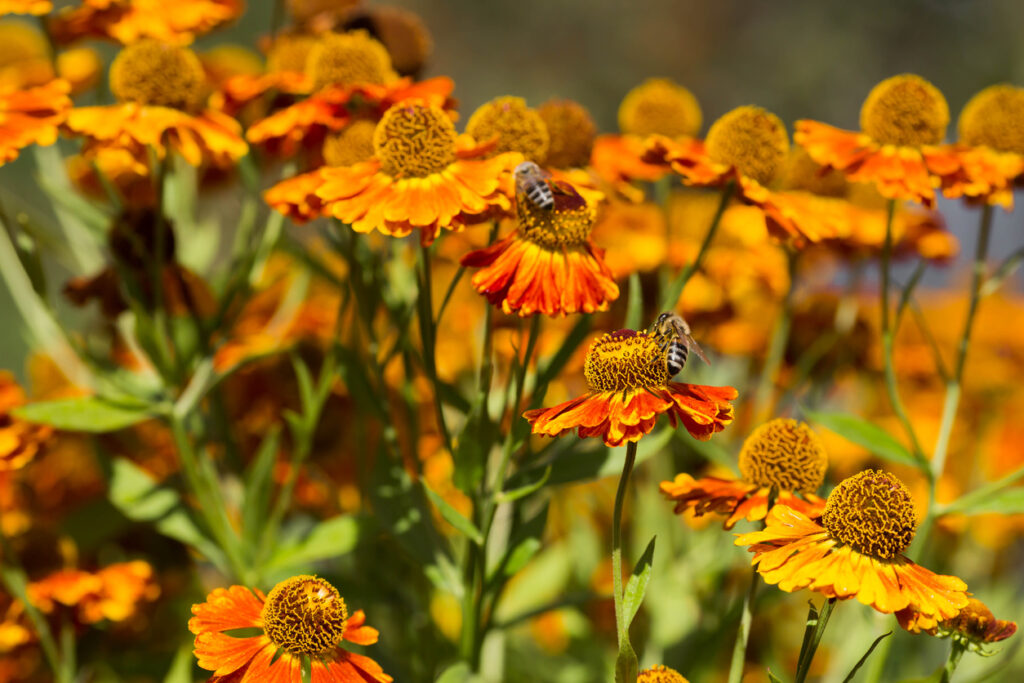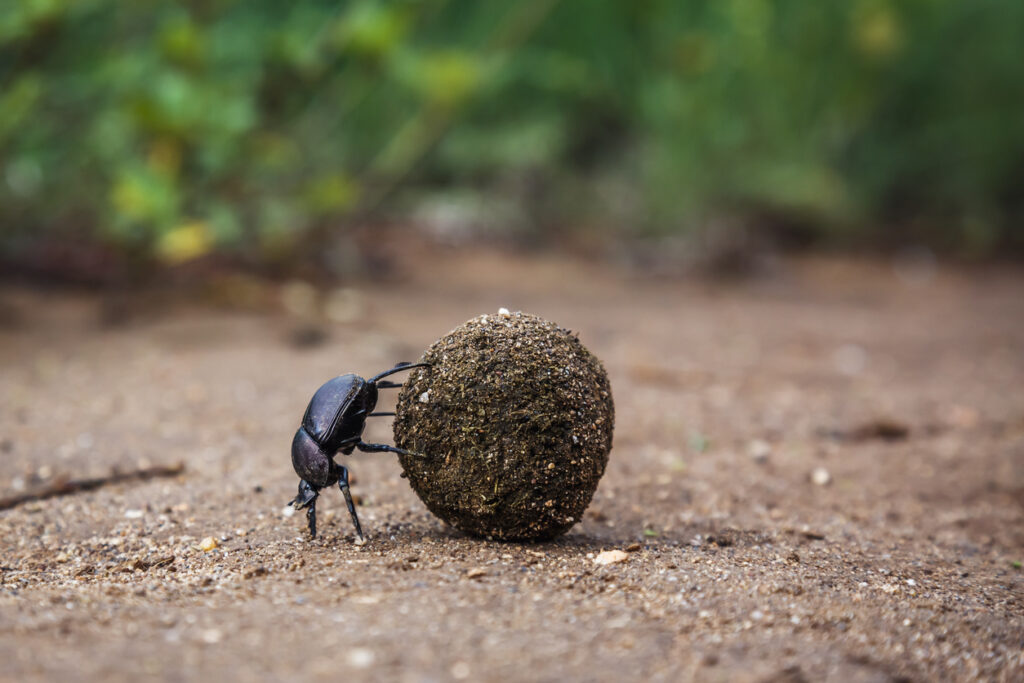1. Phytoplankton

Phytoplankton are microscopic organisms drifting through oceans and lakes, quietly producing nearly half of the oxygen we breathe. They capture carbon dioxide, generate energy, and feed tiny fish, whales, and countless other marine creatures. Without phytoplankton, life in the sea and the air on land would be drastically altered. These small plants show how unseen forces can keep the planet’s atmosphere stable and life flourishing globally.
Experts explain that warming waters and pollution threaten phytoplankton populations. When numbers drop, carbon capture slows, oxygen levels decline, and marine food webs weaken. This change impacts fisheries, reducing food supplies for millions of people worldwide. Protecting phytoplankton protects the foundation of ocean ecosystems and global climate balance. These invisible organisms are living proof that planetary health often depends on creatures so small they can only be seen under a microscope.
2. Diatoms
Diatoms are single-celled algae with intricate, glass-like shells floating in oceans and freshwater worldwide. Despite their size, they create around forty percent of Earth’s organic carbon. They photosynthesize on a massive scale, rivaling forests in their oxygen production. Diatoms provide essential energy for marine life, drawing down carbon dioxide and helping regulate the climate. Their silent work underpins food chains and keeps ocean ecosystems thriving year after year.
Scientists emphasize their role in the biological carbon pump, which moves carbon from the water’s surface into the deep ocean for long-term storage. A decline in diatom numbers would leave more carbon in the atmosphere, warming the planet and disrupting marine food webs. Supporting clean waters and healthy seas allows diatoms to keep doing their vital job. These microscopic algae may be small, but they help sustain life on a global scale.
3. Marine bacteriophages
Marine bacteriophages are tiny viruses that infect bacteria in the ocean, silently shaping nutrient cycles and influencing the global climate. By breaking down bacterial cells, they release organic matter that feeds new microbial life, keeping ecosystems productive. Their ability to control bacterial populations prevents harmful overgrowth and keeps marine food webs balanced, proving that even viruses can play a positive ecological role.
Researchers note that bacteriophages determine how much carbon sinks into the deep sea, locking it away from the atmosphere for centuries. Their work helps regulate greenhouse gas levels and ocean health on a planetary scale. Without these microscopic regulators, marine ecosystems would lose stability, impacting fisheries and reducing the ocean’s ability to store carbon. Bacteriophages may be invisible to the human eye, yet they are crucial to maintaining climate balance and supporting ocean life everywhere.
4. Termite gut microbes
Termites depend on microscopic gut microbes to digest cellulose, the tough fiber in wood and plant material. These microbes transform dead leaves, fallen trees, and dry grass into nutrients that cycle back into soil ecosystems. Without their help, forests and savannas would be cluttered with undecomposed organic matter, stalling natural decomposition and preventing vital nutrients from feeding plants and other living organisms worldwide.
Scientists emphasize that these microbes help regulate carbon release from decaying wood, improving soil quality and feeding countless species. Their activity creates fertile ground for plants and supports agriculture naturally. Without them, dead vegetation would accumulate, increasing wildfire risks and altering ecosystem balance. These invisible helpers show how powerful tiny organisms can be in shaping the health of forests, grasslands, and even human farmlands, proving that the smallest life forms keep nature functioning efficiently.
5. Soil bacteria biofilms
Soil bacteria form dense, sticky layers called biofilms that recycle organic matter and improve soil health. They break down waste, process nutrients, and help plants grow stronger. These microbial networks also clean up harmful substances, restoring balance to polluted rivers and farmland. Without biofilms, soil would lose fertility and ecosystems would struggle to support life as effectively, directly impacting food production and biodiversity worldwide.
Environmental experts note that biofilms help retain water, reduce erosion, and purify groundwater naturally. They play a major role in decomposing contaminants like sewage and pesticides, preventing toxic buildup. Supporting healthy soils allows these bacteria to thrive, creating stable environments for plants, insects, and humans. Although too small to see, biofilms shape the quality of the water we drink, the food we eat, and the ecosystems we depend on for survival across the planet.
6. Bees and pollinating insects

Bees, butterflies, and other pollinating insects ensure many plants reproduce by transferring pollen between flowers. About one-third of global food crops rely on them for successful fruit and seed production. From coffee and almonds to garden vegetables, these tiny workers are crucial to our diets. Without pollinators, we would face reduced crop yields, food shortages, and a significant loss of plant biodiversity around the world.
Experts stress that pollinator decline affects ecosystems and human economies. Fewer pollinators mean weaker forests, less food for wildlife, and increased costs for farmers who sometimes resort to hand-pollination. Their work shapes habitats for countless species and maintains ecological balance. Protecting pollinators through pesticide reduction, native plant gardening, and habitat conservation ensures these small but mighty creatures keep supporting life on Earth. Their impact on global food security cannot be overstated.
7. Extremophiles cleaning pollution
Extremophiles are hardy microbes thriving in toxic, hot, or frozen environments where most life cannot survive. Some species can digest oil spills, acidic mine runoff, and heavy metals, making them natural cleaners for polluted areas. These tiny organisms help restore balance to damaged ecosystems, improving soil and water quality after environmental disasters caused by industrial waste or human activity.
Environmental scientists are exploring safe ways to use extremophiles for large-scale bioremediation. Their resilience in harsh conditions makes them valuable allies in reversing pollution without harmful chemicals. Over time, these microbes can transform contaminated sites into habitable, healthy environments again. Though invisible to us, they are powerful agents of healing for a planet struggling with pollution. Supporting research on extremophiles provides sustainable solutions for cleaning the messes humanity leaves behind on land and in water worldwide.
8. Sea cucumbers and benthic invertebrates
Sea cucumbers and other bottom-dwelling invertebrates recycle nutrients on the ocean floor by feeding on decaying material. As they burrow and move through sediments, they oxygenate the seabed, keeping marine ecosystems healthy. Their presence supports coral reefs, fish populations, and countless organisms that depend on clean, nutrient-rich habitats beneath the waves across the world’s oceans.
Marine experts explain that losing sea cucumbers disrupts natural filtration systems. Without them, waste builds up, oxygen levels drop, and coastal ecosystems weaken. These creatures indirectly support fisheries, shoreline protection, and the livelihoods of millions who rely on healthy oceans. They may not look impressive, but their silent cleaning work is vital for balanced marine life. Protecting these bottom-dwellers helps preserve biodiversity and ocean resources for future generations who depend on thriving seas for food and climate stability.
9. Parasites of phytoplankton
Microscopic parasites, including fungi and tiny protists, infect phytoplankton and control their populations in oceans and lakes. This natural regulation prevents harmful algae blooms that can block sunlight, reduce oxygen, and devastate aquatic life. By balancing phytoplankton communities, parasites support healthy food webs and stable water ecosystems that millions of species rely on for survival worldwide.
Scientists reveal that these interactions also affect carbon cycling. By shortening phytoplankton lifespans, parasites influence how much carbon sinks to deep waters, reducing greenhouse gases in the atmosphere. Without them, unchecked blooms could disrupt oxygen production, marine biodiversity, and climate balance. These invisible regulators remind us that even microscopic life keeps larger ecosystems functioning. Protecting water quality ensures these natural population controls can keep marine environments stable and thriving for generations of plants, animals, and humans alike.
10. Dung beetles and decomposer insects

Dung beetles and other decomposers clean up animal waste and decaying plants, recycling nutrients back into the soil. Their work improves soil structure, enhances water retention, and helps seeds grow. Without these insects, waste would accumulate, increasing disease risks for wildlife and humans while depleting the nutrients needed to sustain plant life across grasslands, forests, and farms worldwide.
Ecologists highlight that decomposers also benefit agriculture by reducing harmful pests and fertilizing soil naturally. They speed up decomposition, allowing plants to access vital minerals faster. These small creatures act as nature’s sanitation workers, keeping ecosystems healthy and balanced. Without them, food chains would weaken, and environmental health would decline. Dung beetles prove that even the tiniest animals play an enormous role in sustaining life and preventing natural systems from becoming overwhelmed with waste and disease.
